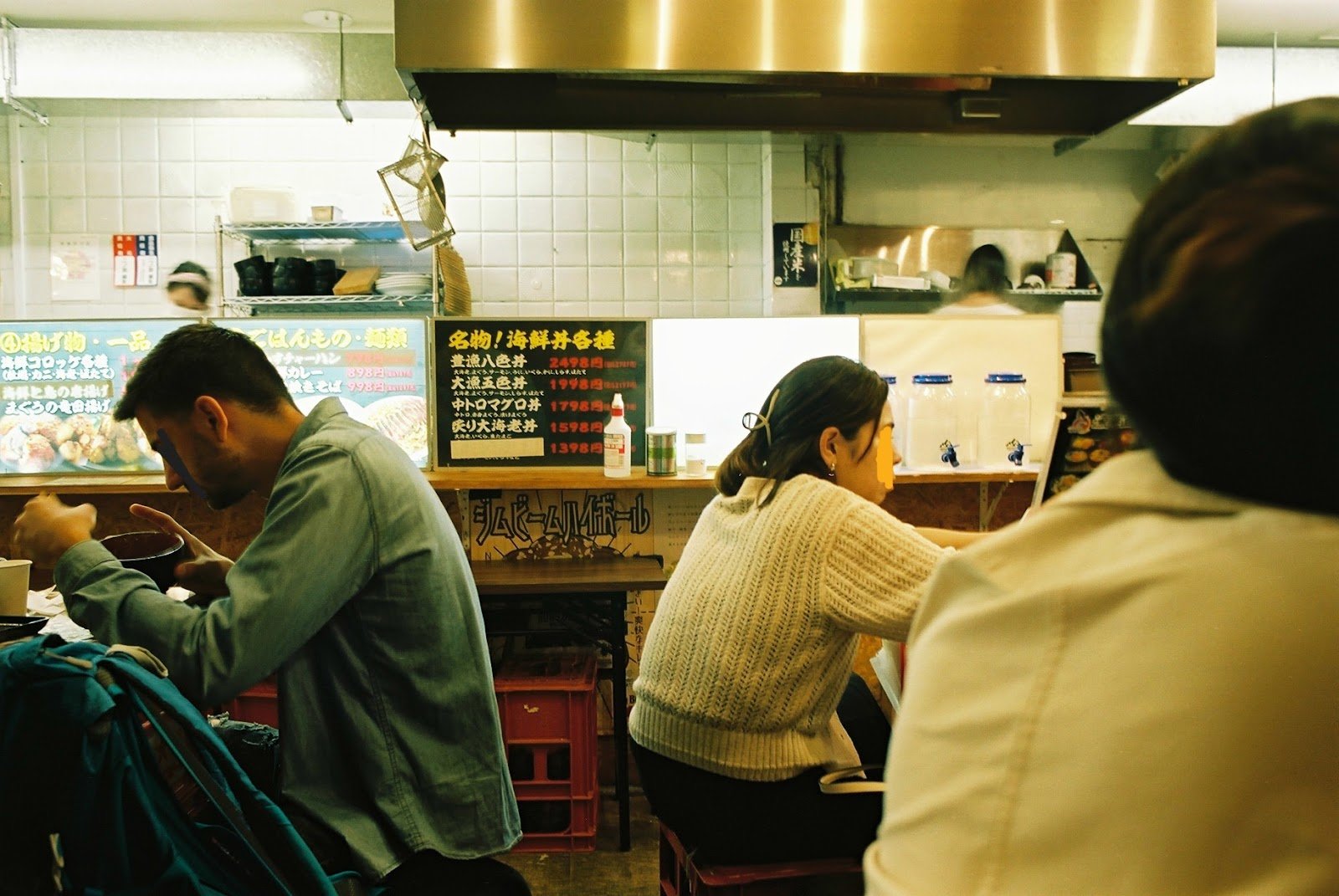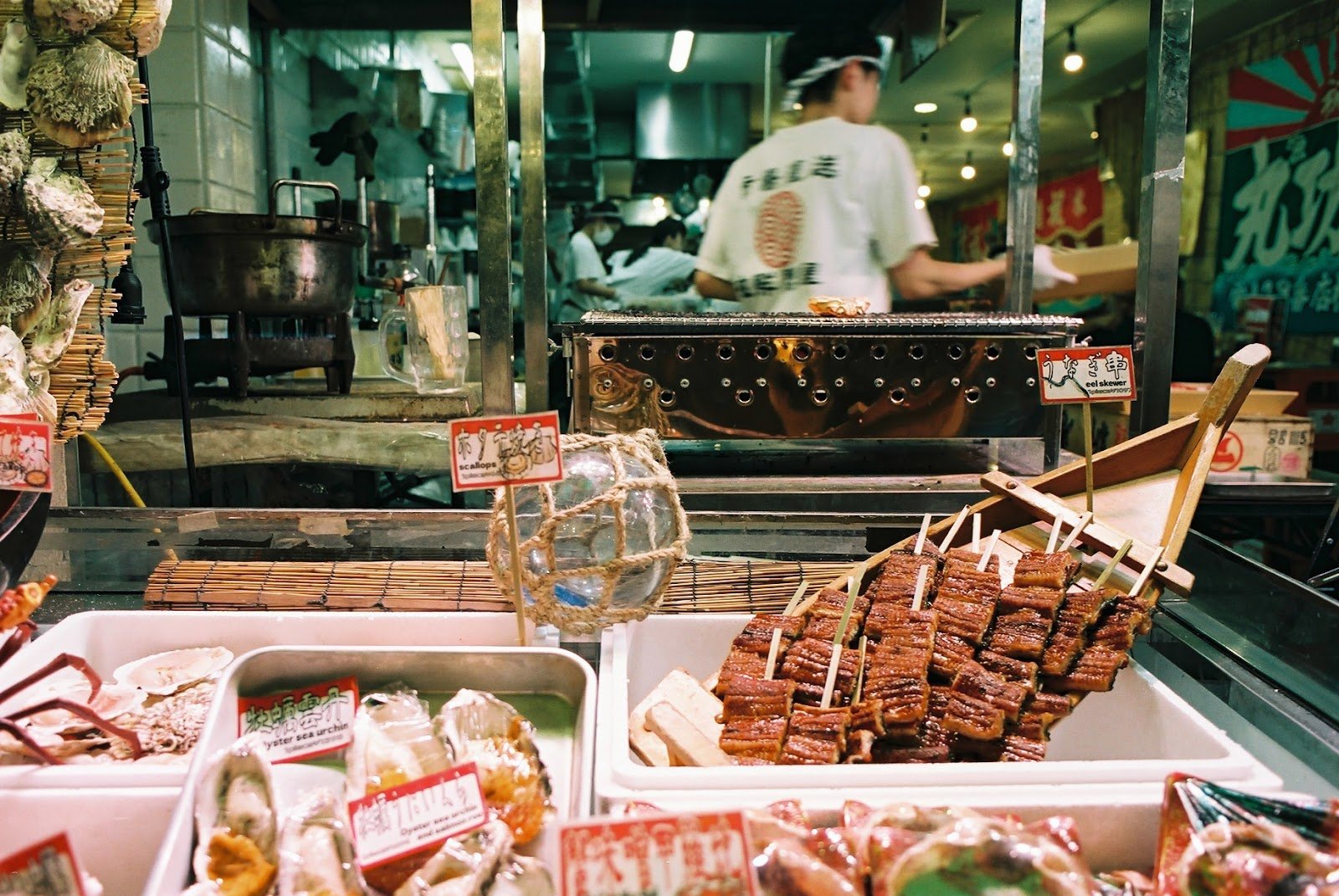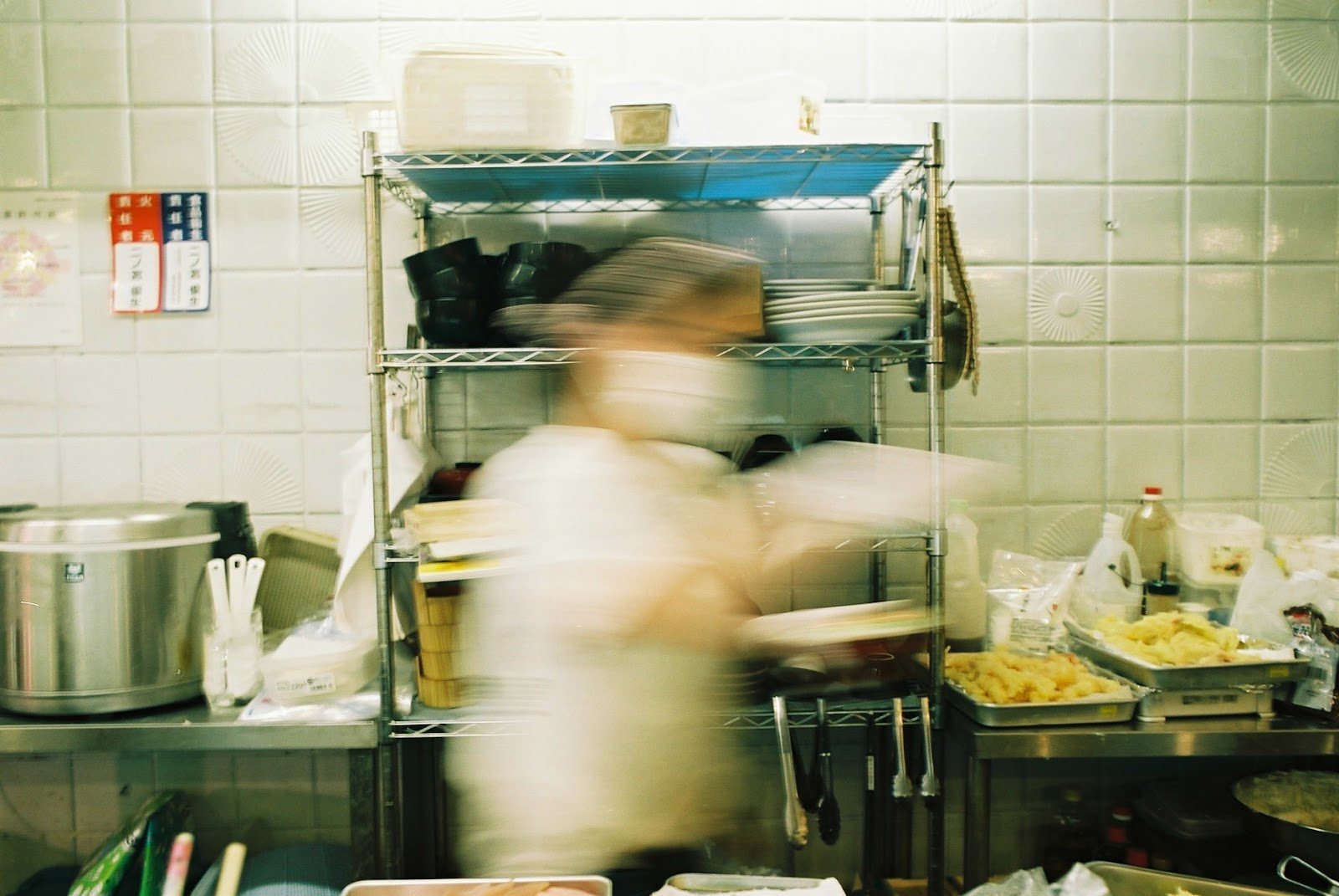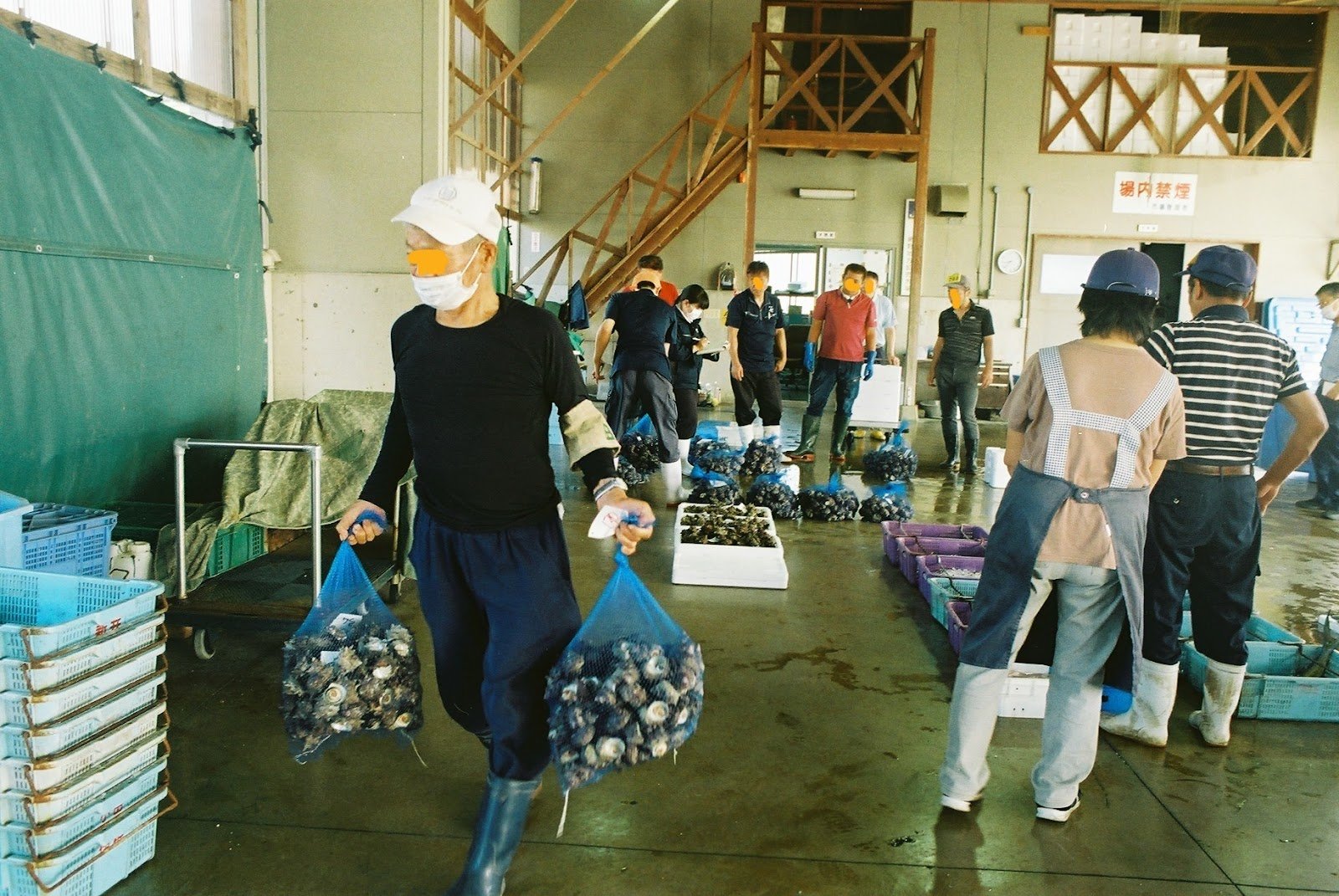This post is part of Mao Shiotsu’s 2023 Global Food Fellowship. You can also learn more about her knead 2 know presentation from September 2023 here.
Guiding question: How can the fine dining industry best promote food sustainability?
This summer, I wanted to explore how food, and more specifically dining culture, exists in Japan. I had just come out of a year studying cuisine in France, where I began to think about the significant differences between its cuisine and that of my home country. People’s relation to food in Japan seemed uniquely distinct from what I had seen that year, and from my childhood in Southern Europe. The Japanese thought on food, and thus cuisine, appeared inextricably linked to the preservation of nature. I was curious about these differences, especially at the level of fine dining, and wanted to understand how the criteria of “good food” differs.
This, I thought, may provide hints for how environmental sustainability could fully establish itself as a globally important criterion in fine dining. The past years have seen an energetic movement towards sustainable dining, with the emergence of farm-to-table restaurants and with fine dining shifting towards something lighter, fresher, and local. I was curious to explore how this idea has existed naturally in Japan for centuries. As a Japanese person, I hoped to accurately portray the “heart” of Japanese people regarding food, which is inseparable from native nuances and sensitivities. This knowledge, I believed, could add an illuminating angle to the current movement.
I talked to chefs, learned about farming from locals, and explored food markets to grasp the essence of Japan’s relation with food deeply enough to be able to explain it to people from foreign cultures. I explored various levels of food, from neighborhood vegetable patches to large supermarkets, and from home cooking to fine dining. I wrote an article for The Japan Times (a Japan-based, English newspaper) from what I learned this summer, on the topic of Japanese fine dining and how it diverges and converges with that of other cuisines.
One way in which I want to continue this project is by compiling recipes of Kyōdo Ryōri, regional Japanese cuisines using local ingredients. These cuisines are rapidly dying, as more people move to large cities and local food production decreases. During my visit to Wakuden no Mori, I got chatting with a local at a cafe, who told me about the Kyōdo Ryōri there— a type of chirashi sushi using canned mackerel. I would like to record such recipes, and create an anthropological recipe collection with stories of the ordinary home cooks, illustrating what sort of space the dishes have occupied in their lives.
Fine Dining (Kyoto)
A well-respected name with over 150 years of history, Wakuden originally began as a Ryokan (Japanese inn) before opening two Japanese restaurants, Kōdaiji Wakuden and Muromachi Wakuden, which today hold two and one Michelin stars, respectively, and the Green Michelin star for sustainability.
I had the chance to speak with Head Chef Daisuke Ogawa of Muromachi Wakuden about his values in cooking.
Bonito tataki with an unpictured side of ponzu. (Muromachi Wakuden)
This visually understated, yet exquisitely perfected dish seemed to me to encapsulate what I was trying to comprehend.
“What is important in your cooking?”
For Chef Ogawa, the customer’s kimochi (feeling) and the presentation of nature itself in the plates are core pillars of his cooking. Ingredient quality, therefore, is crucial. I went to see Wakuden no Mori in Northern Kyoto, a vast landscape of rebuilt forest where seasonal vegetables and spices for the restaurant are grown. Wakuden’s rice paddies also lie closeby. Restaurant staff help with planting the rice plants at the beginning of the season.
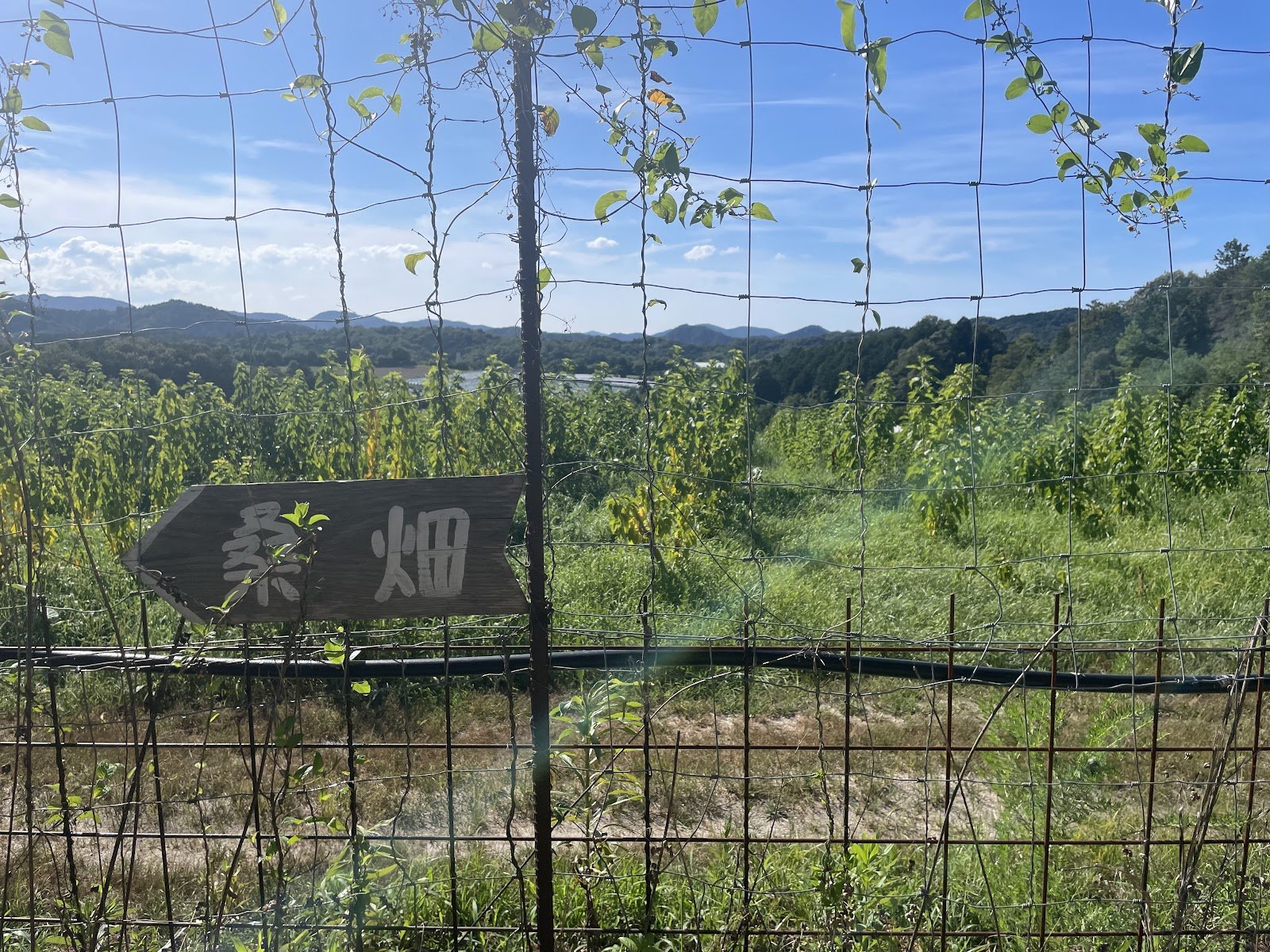

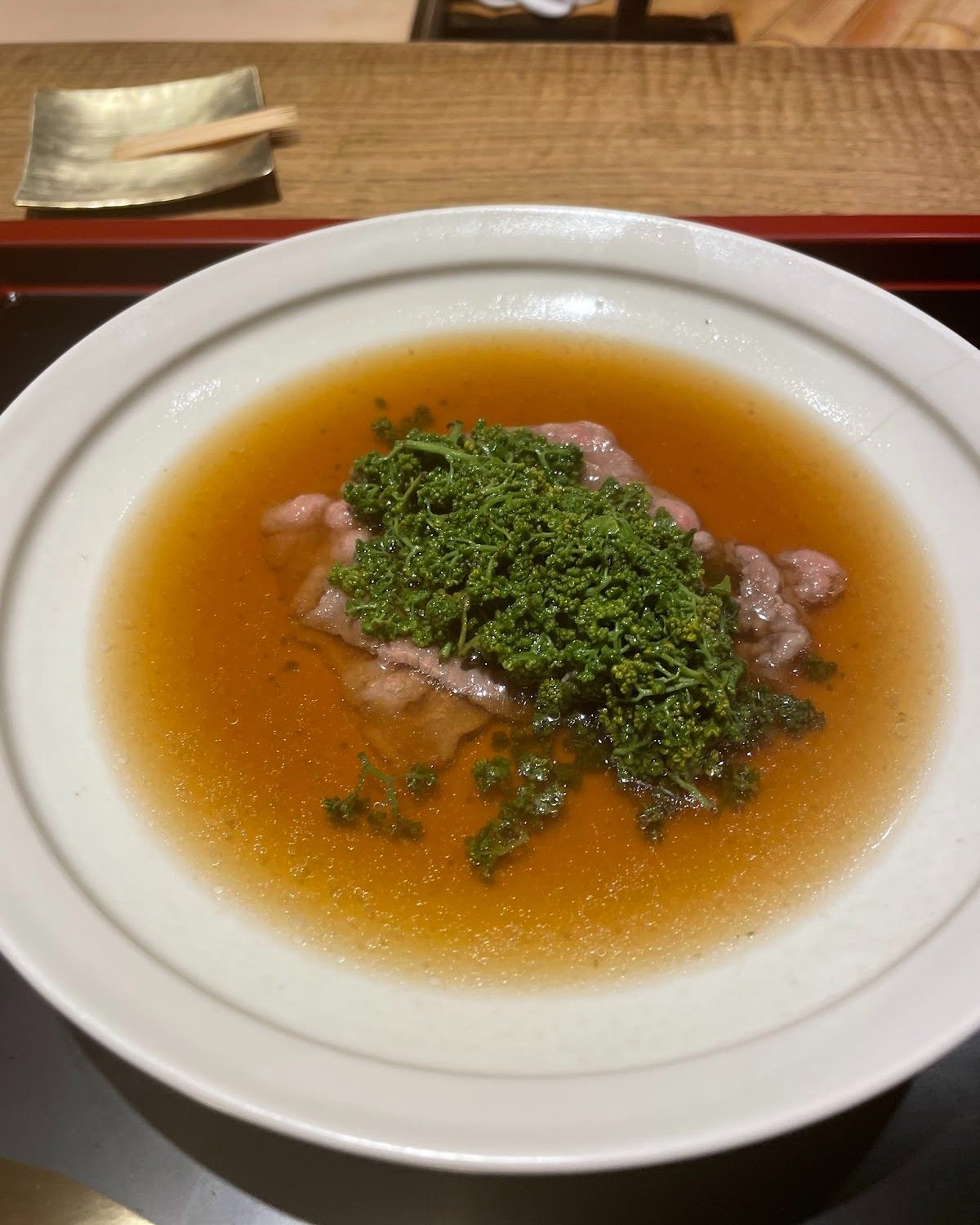
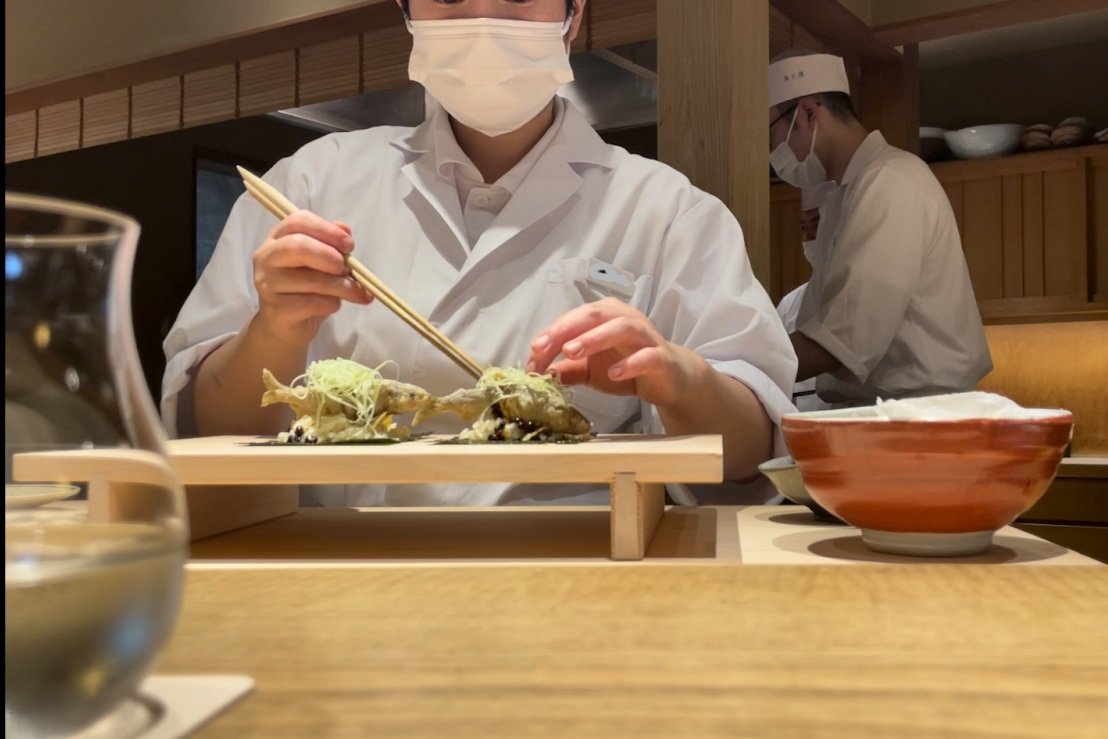
Farm to table (Nara)
I went to Takatori City in the Nara Countryside to see the small restaurant run by the Yoshinaga couple, serving elevated Japanese household dishes using fresh ingredients. What I discovered there was a natural ecosystem of farm to table. Most households seemed to grow their own vegetables in the backyard, and share them with neighbors and the restaurant.
Chef Yoshinaga let me help in the kitchen for dinner service. Neighbors had given him fresh vegetables harvested in the morning, with which he whipped up a new dish for that night.
He also kindly fed me a delicious bowl of eel and egg on rice.
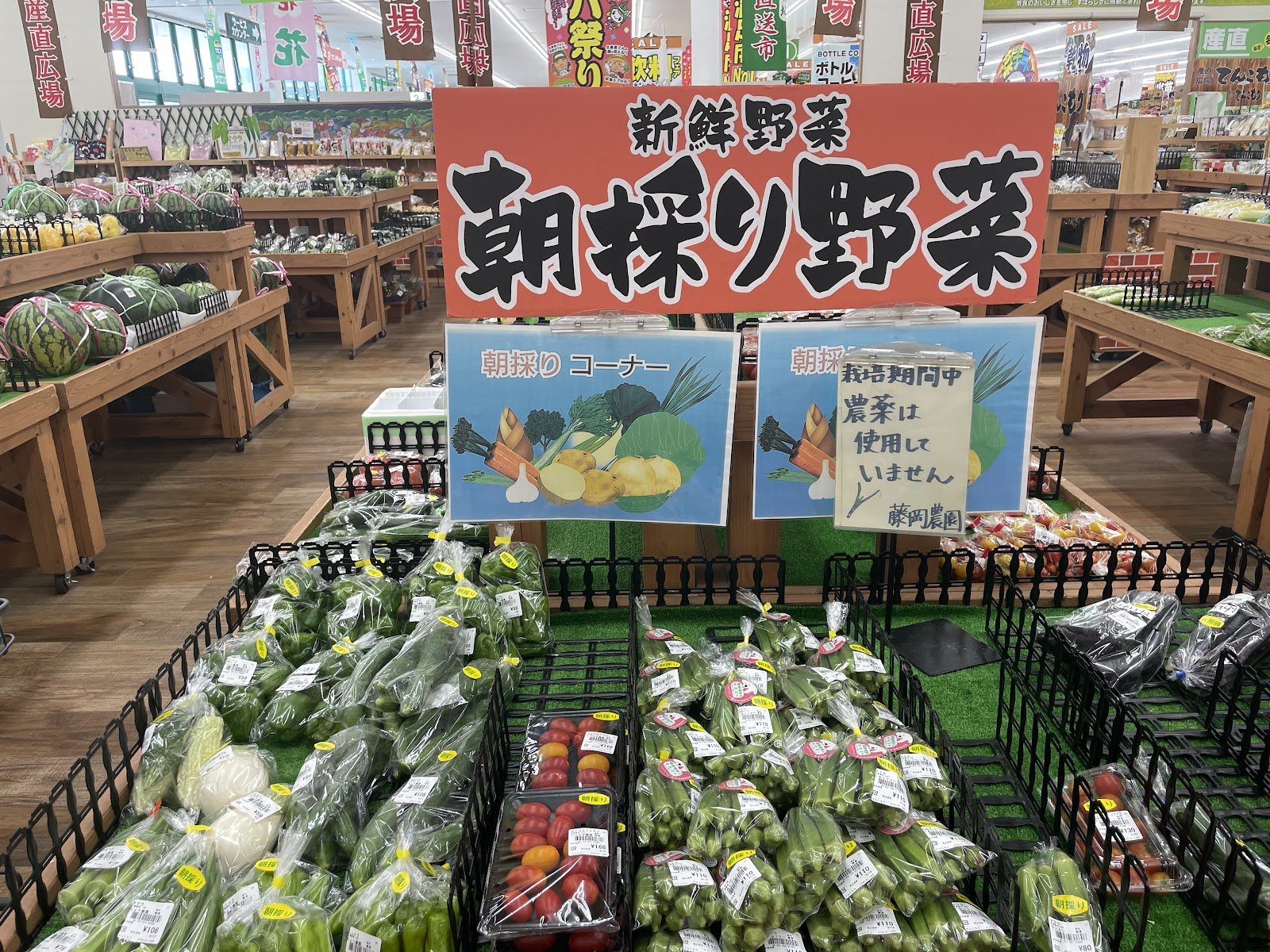
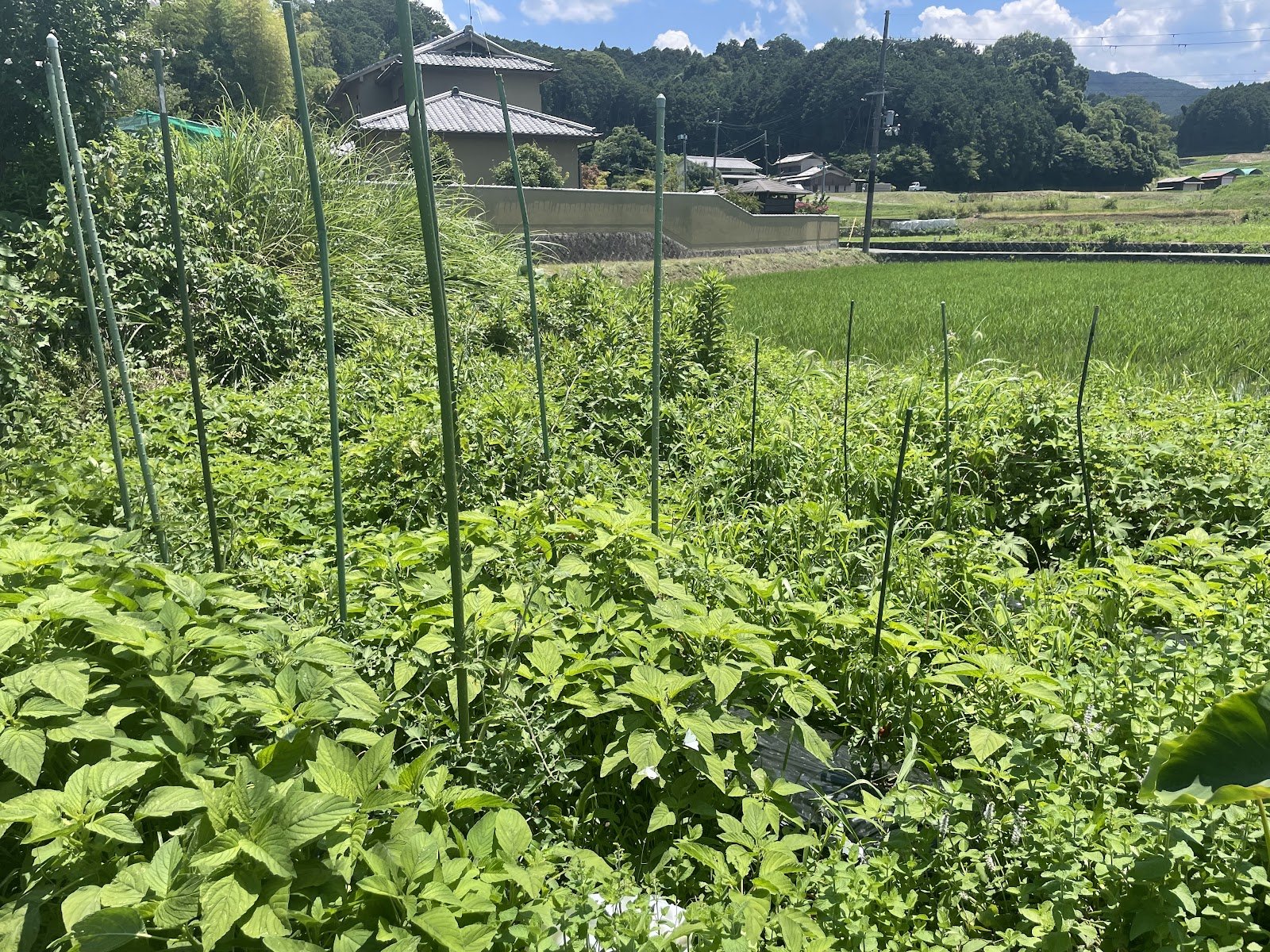
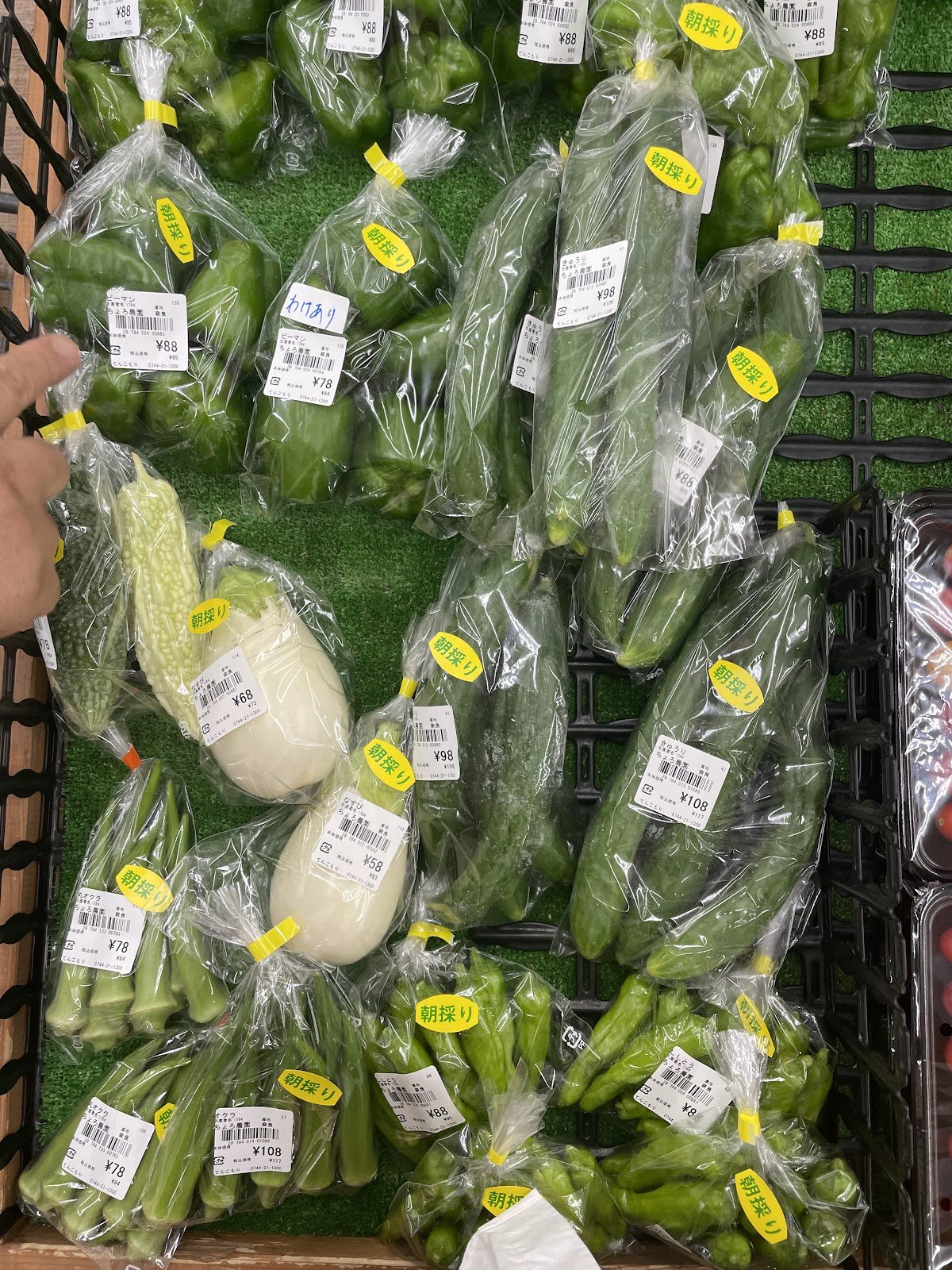
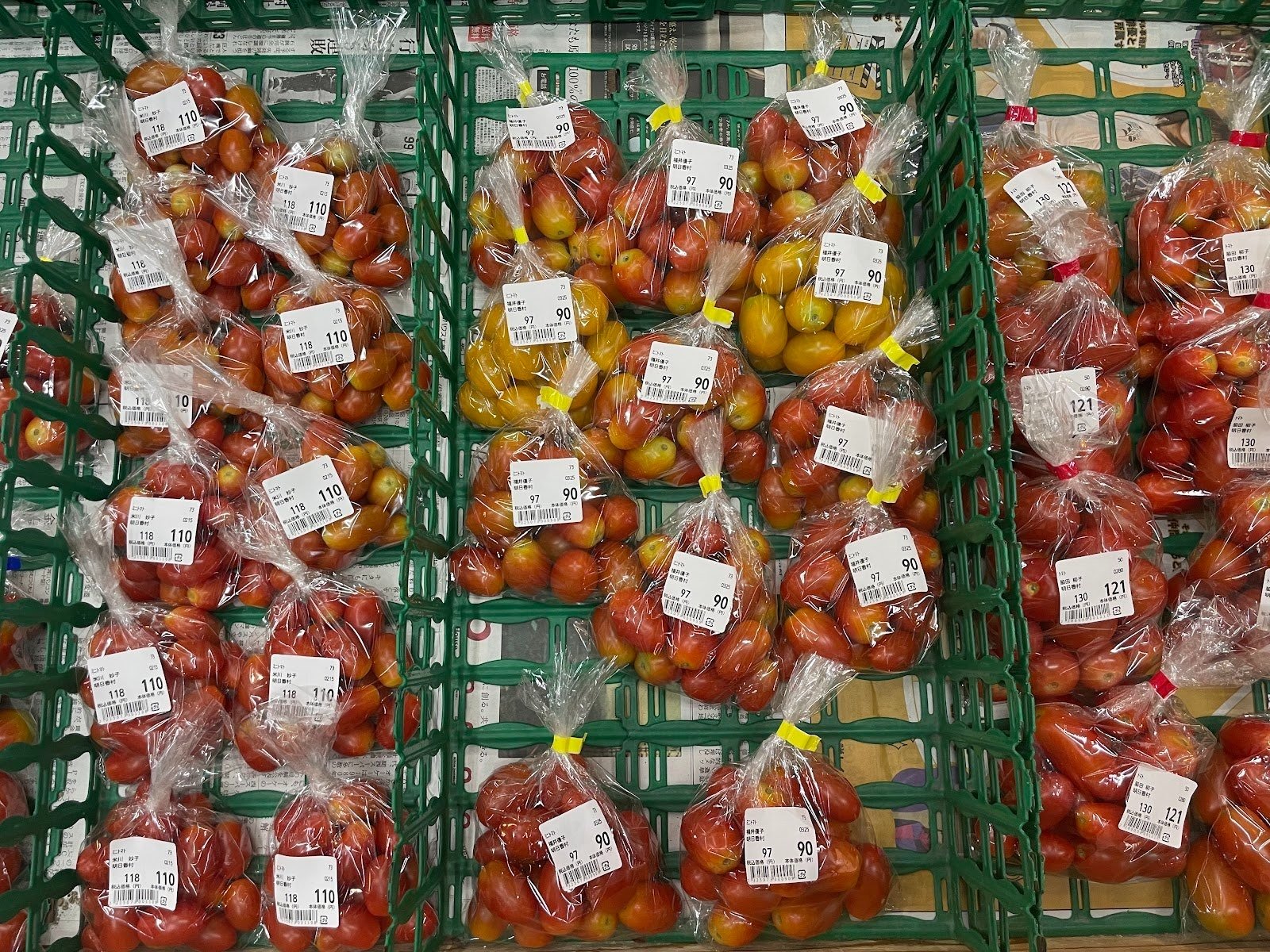
The freshest of vegetables seemed to be abundantly accessible there, naturally creating a farm to table ecosystem. Chef Yoshinaga recounted an interesting lesson someone had once taught him: “Always boil water before setting out to harvest edamame, to eat the freshest possible.” I don’t actually know the true flavor of edamame, I realized. And I wasn’t even aware that I didn’t know it.
A restaurant menu idea occurred to me from this story: An edamame bean where each seed is of varying levels of freshness. One is prepared right after harvesting, one after five hours, and one after a day. This could portray what “freshness” is to the modern diner.
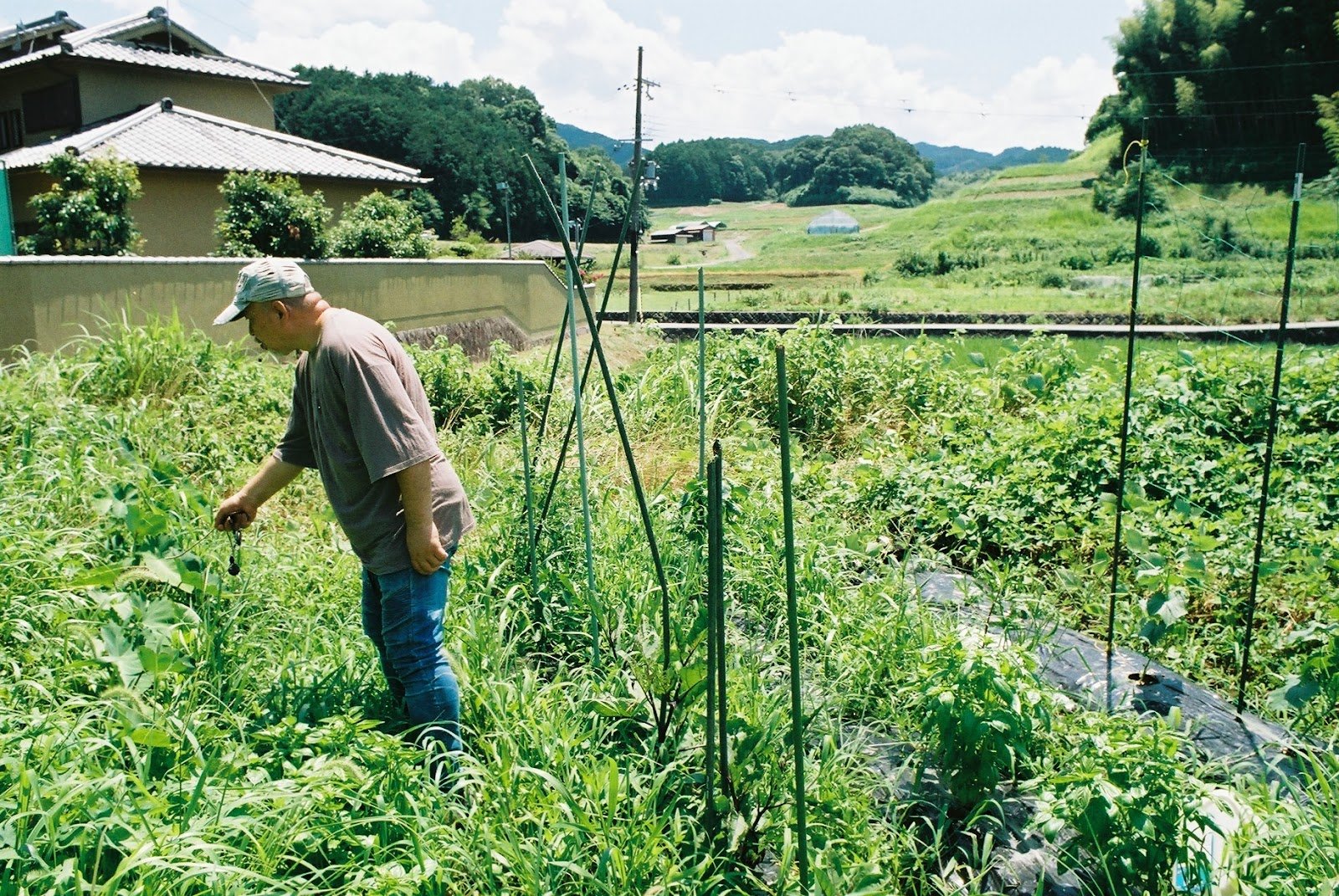

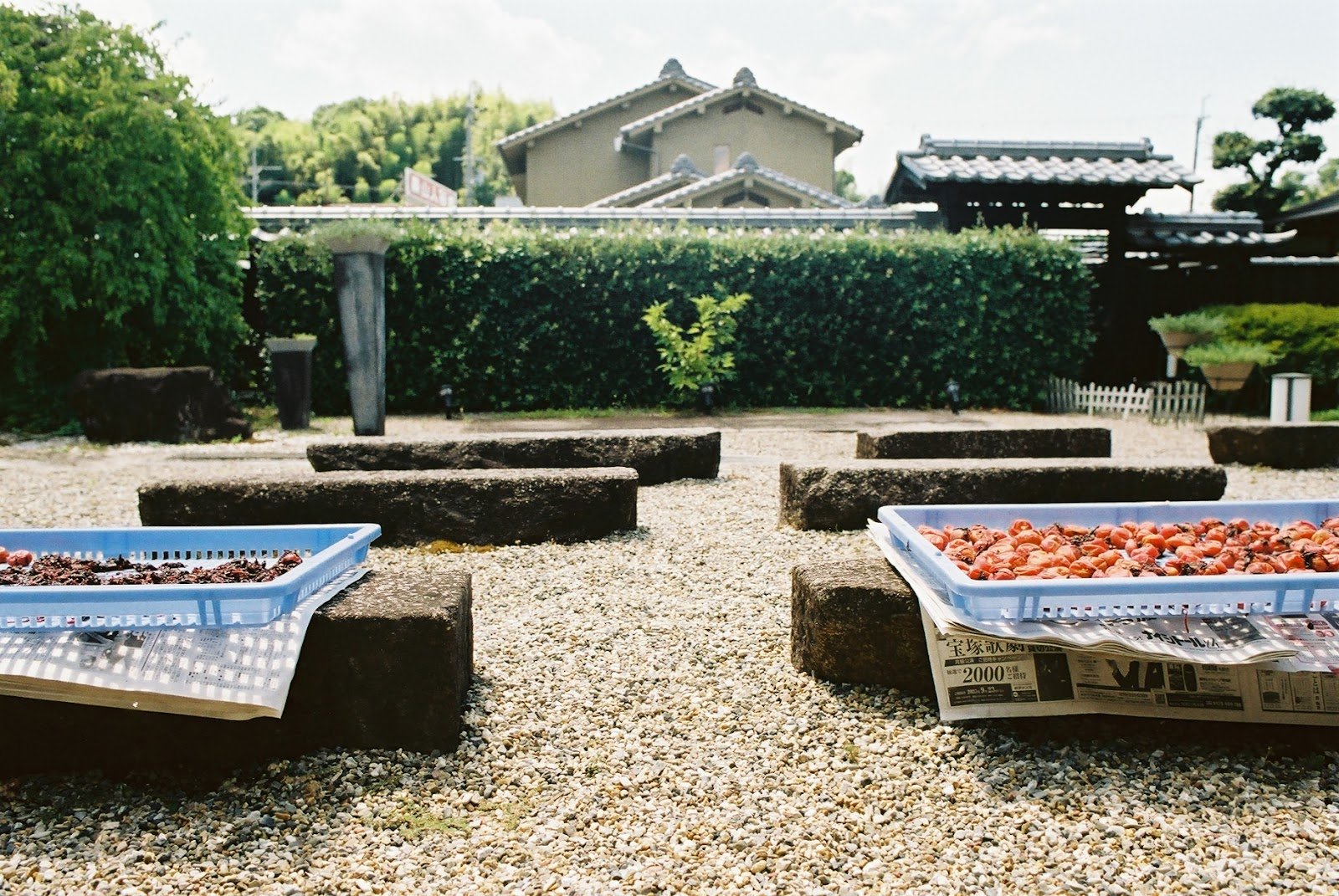
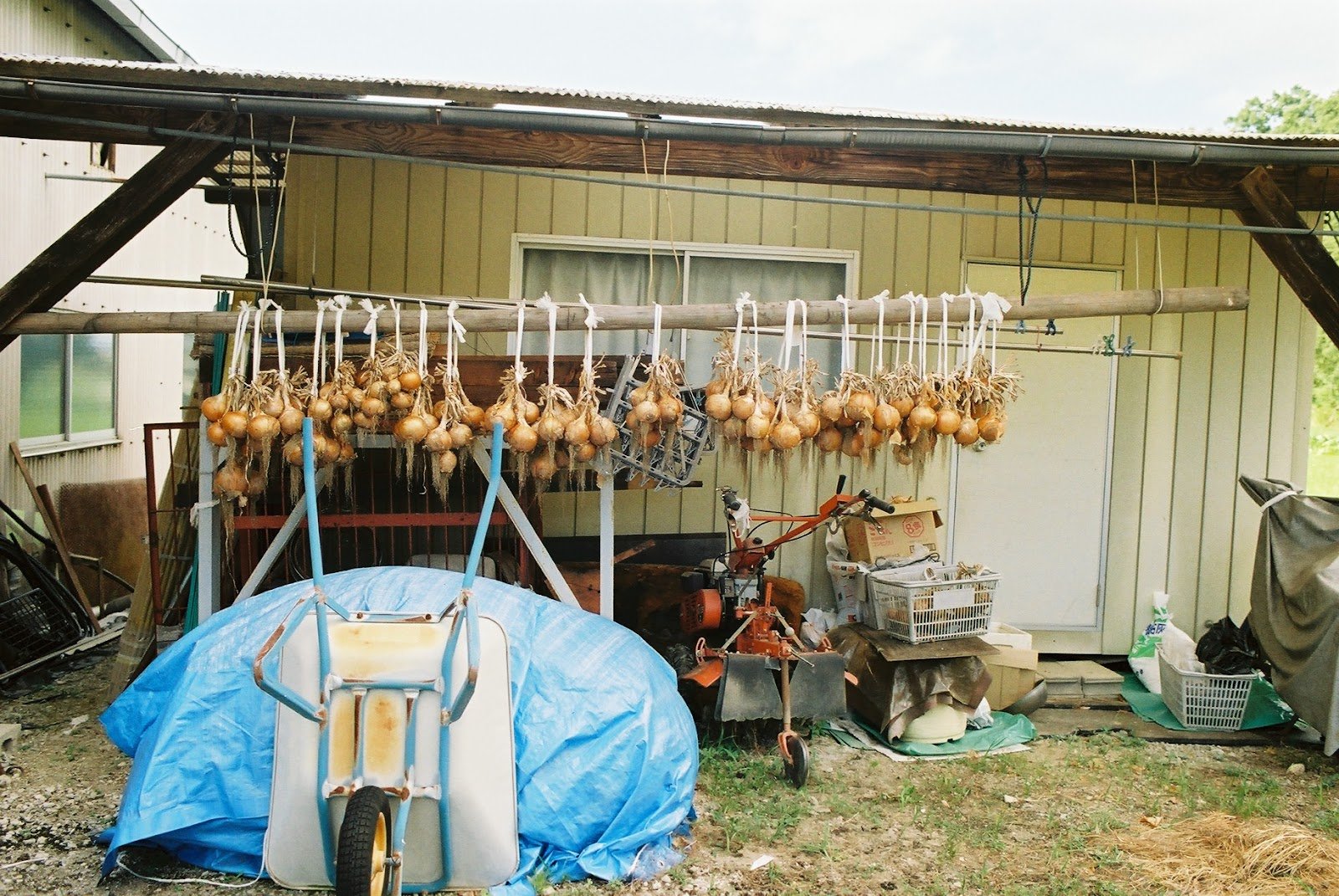
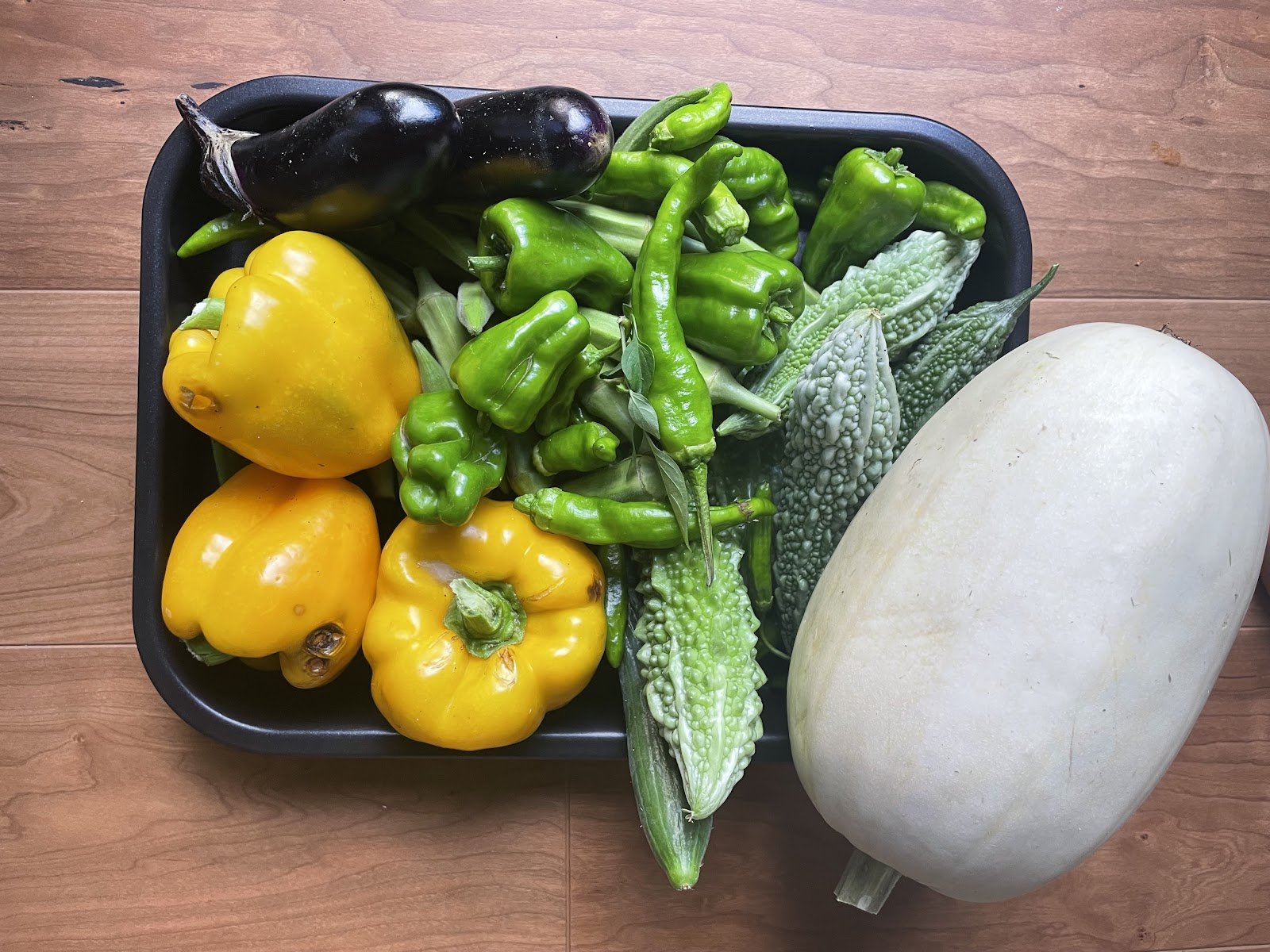
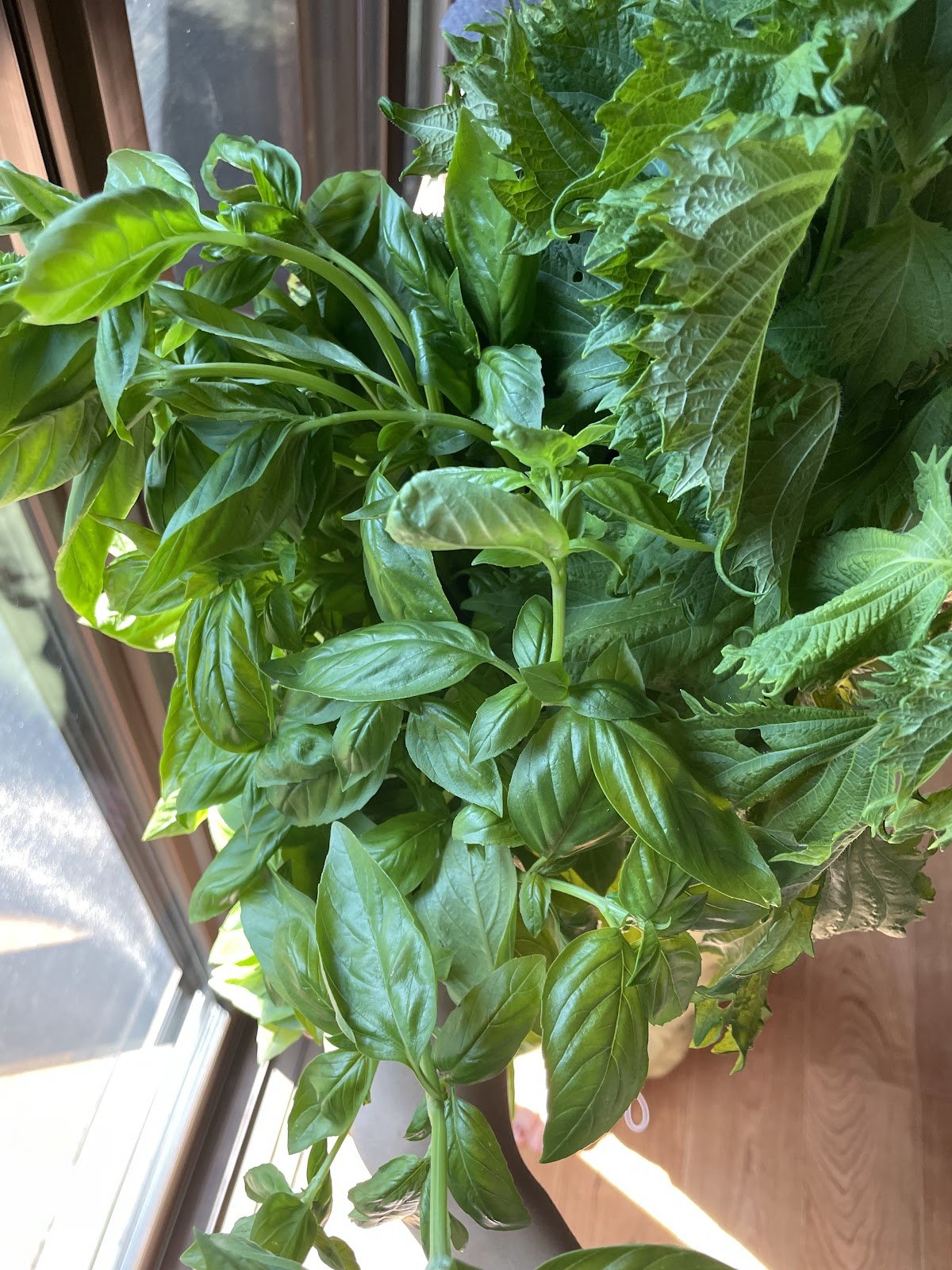
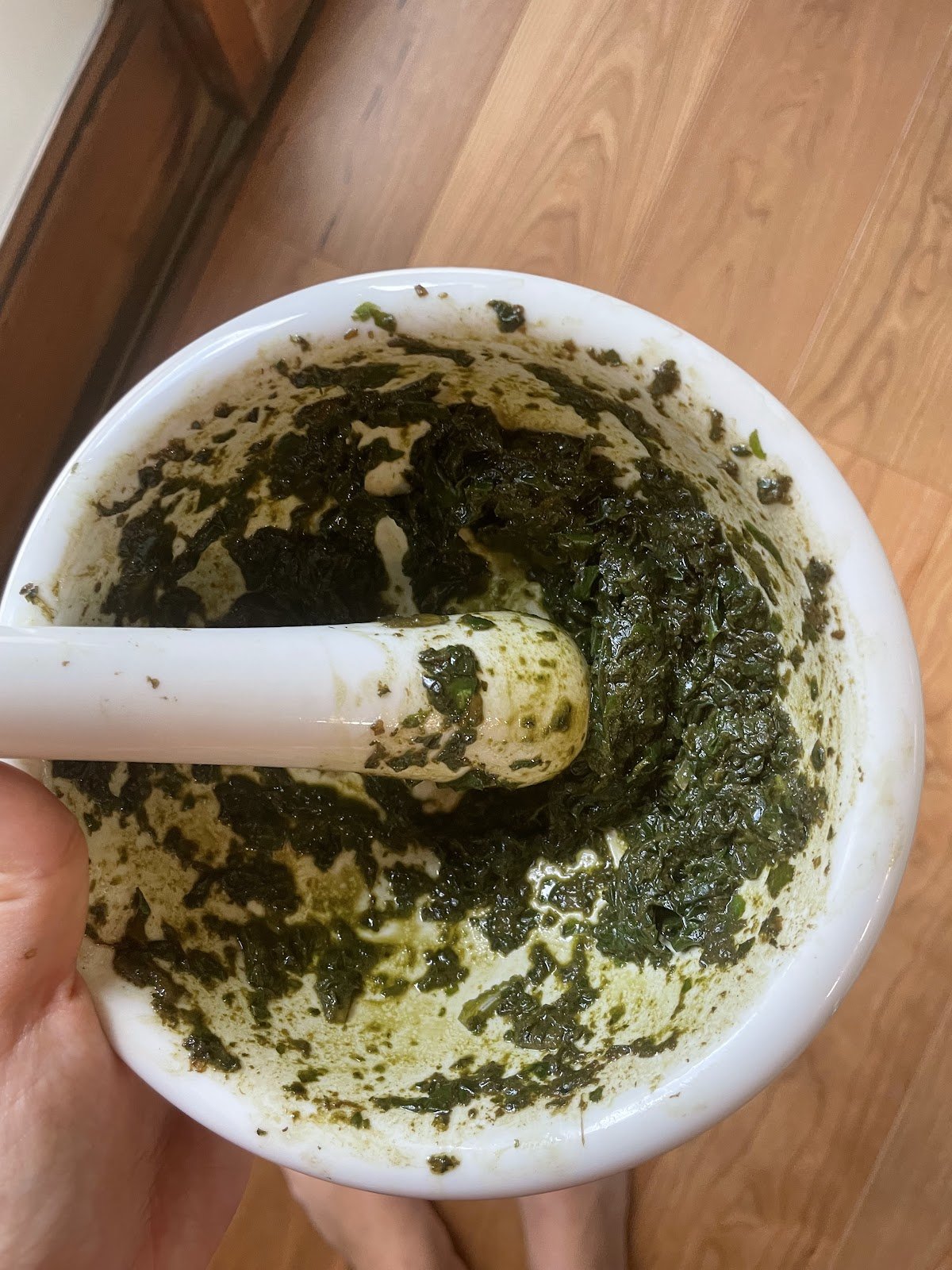
La Collina (Shiga)
La Collina is the brainchild of Taneya, one of Japan’s biggest sweets companies. It is a dessert store unlike any other— a few shops lie dotted around an enormous green landscape, through which the customers wander, enjoying delicious treats on the way.
The project was borne out of Taneya’s leader’s desire to give back to his native Omi Hachiman City. Ingredients for the sweets are produced here, and on my visit, I saw many people working in the greenery— La Collina is also a forest-rebuilding project, and thus its final completion is in fact decades into the future.
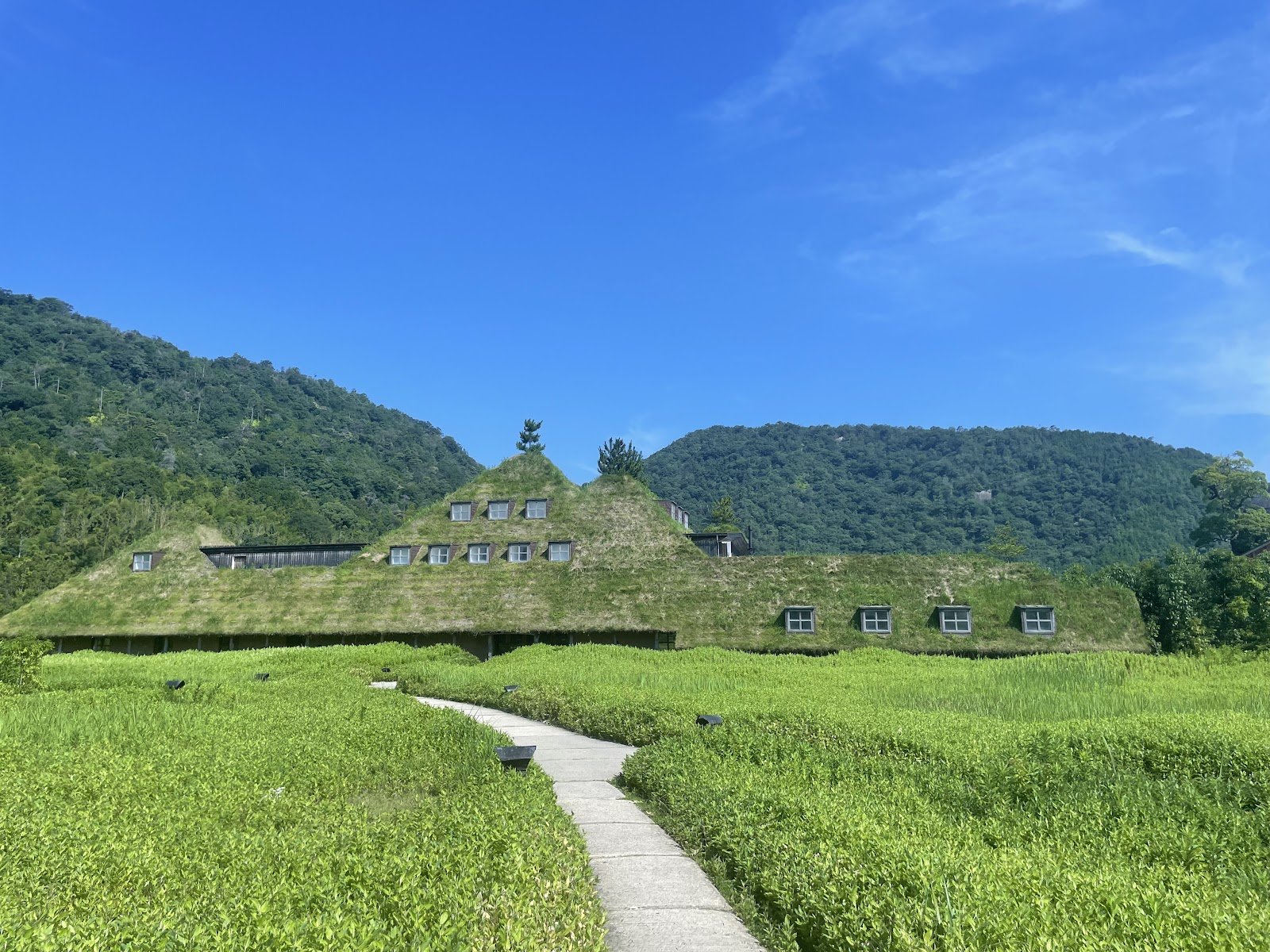
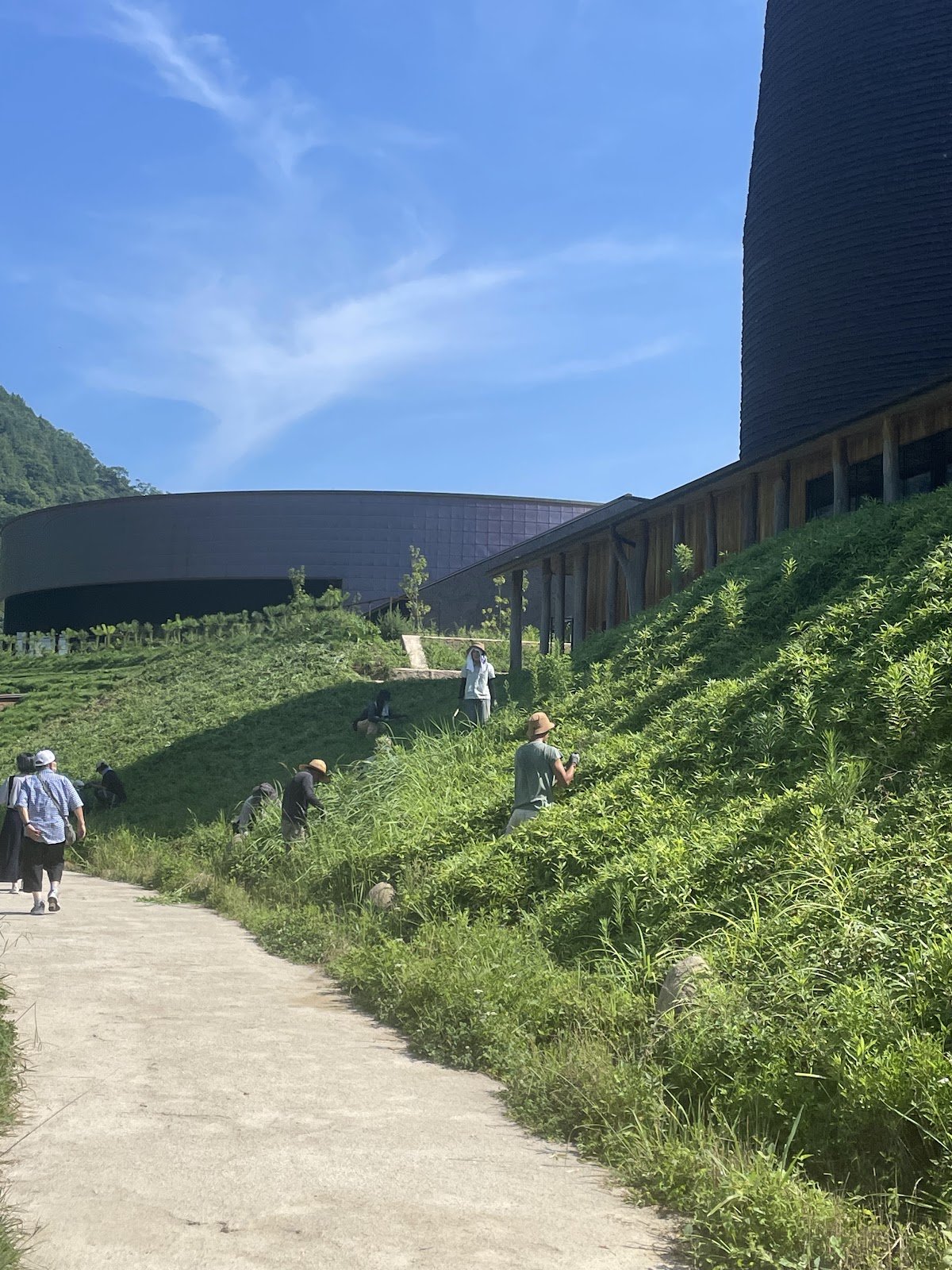
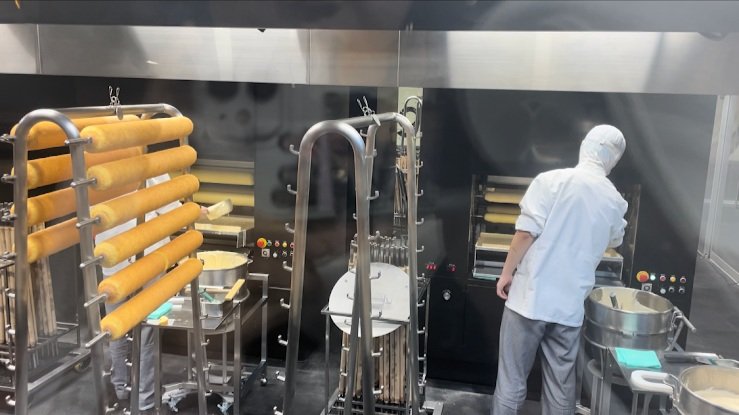
Food Markets (Various cities)
One thing I noticed once I started to think about this topic is that local food markets, or shōtengai, are still common in Japan. Although they are decreasing rapidly in number, compared to other countries I have lived in, there seems to be a sizable population who continue to buy produce from individual shops— fruits and vegetables from greengrocers, meat from butchers, and fish from fishmongers.

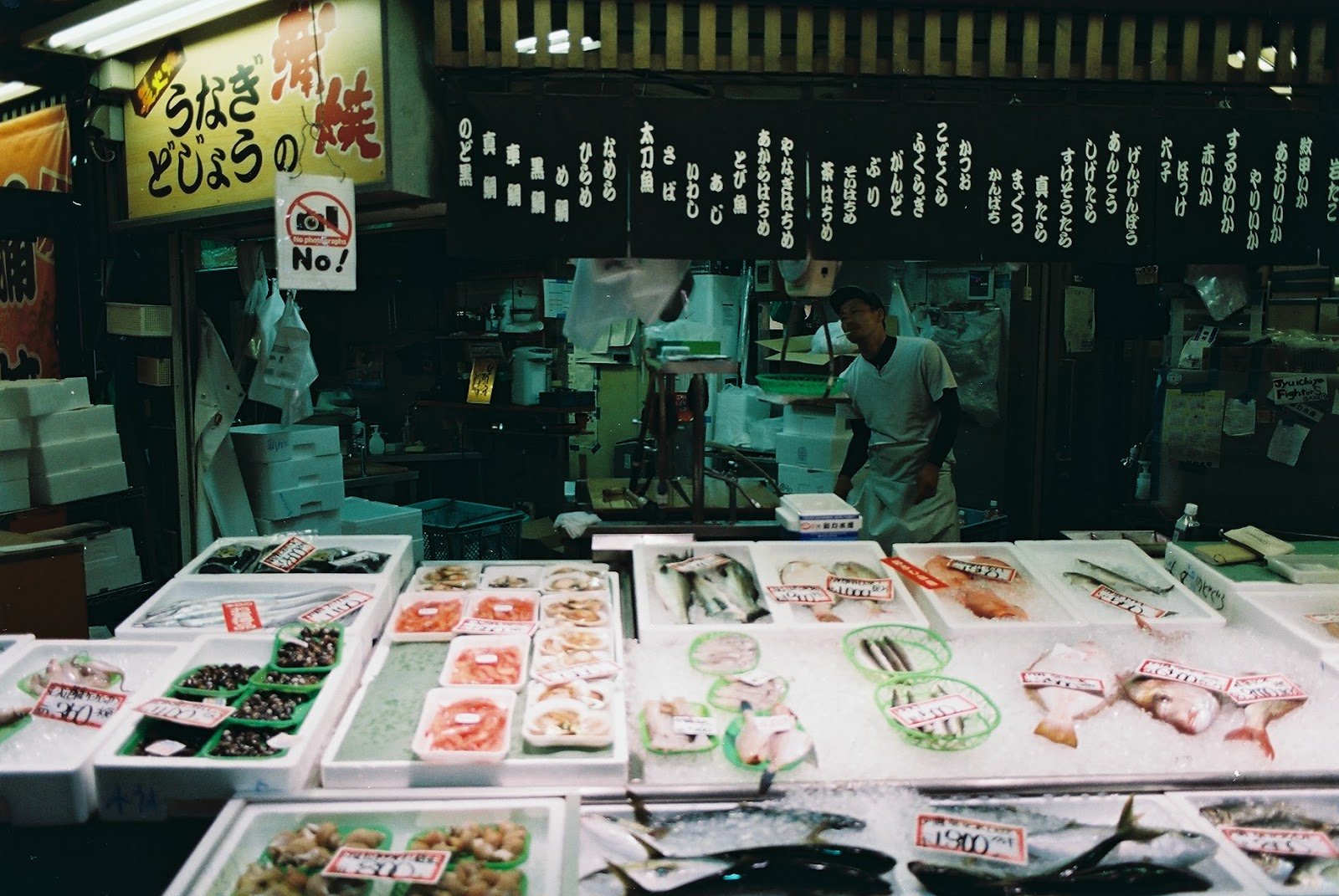
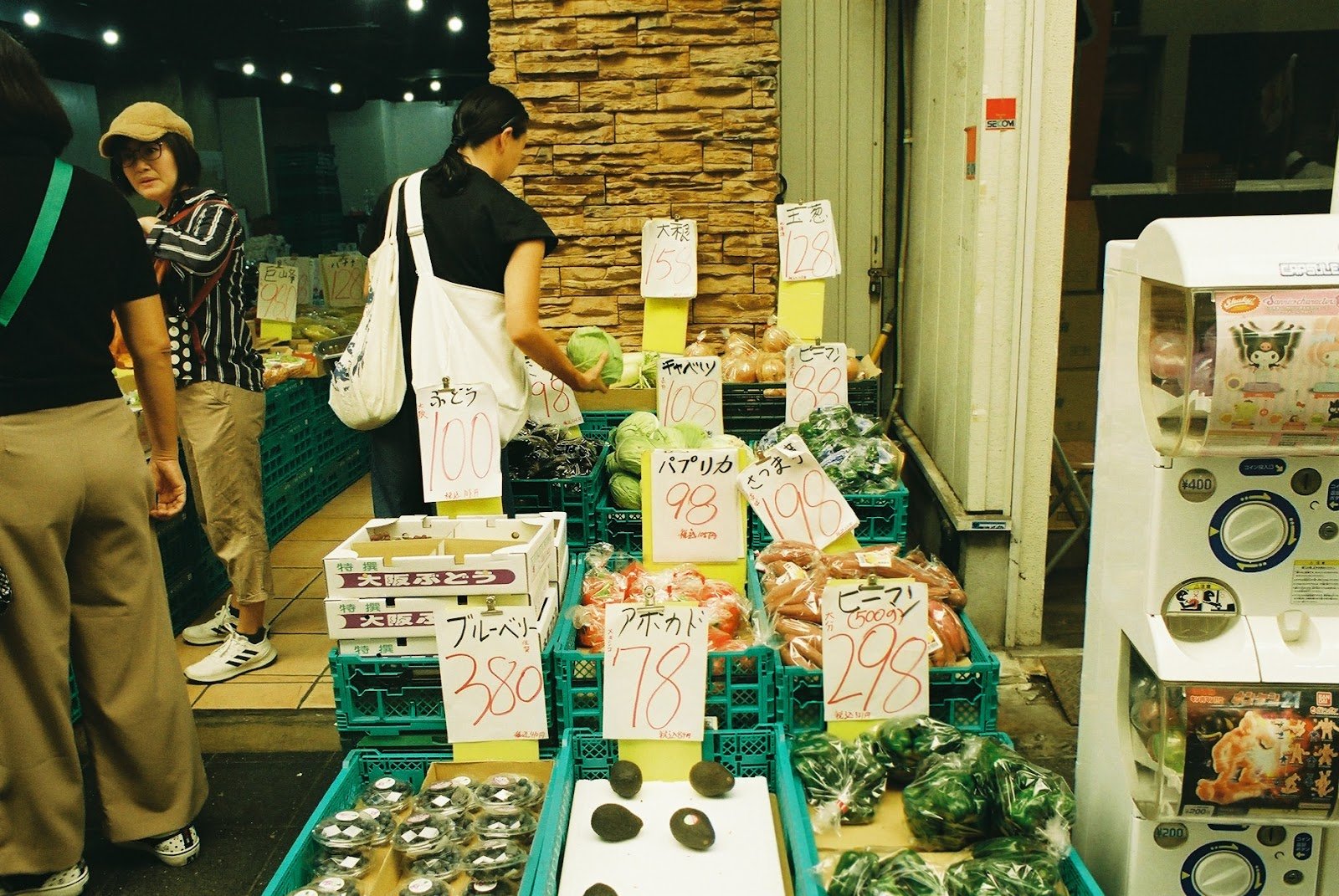
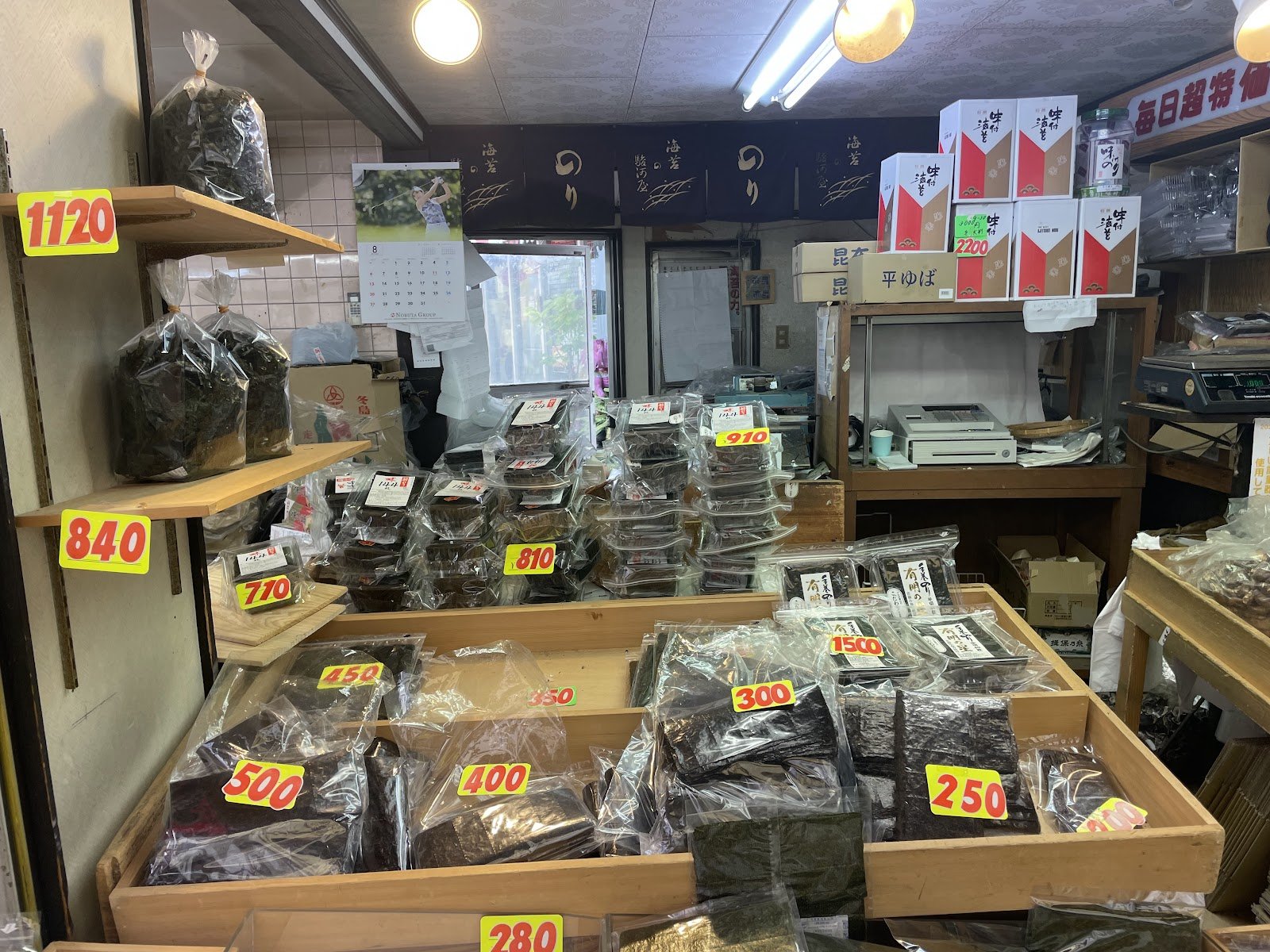
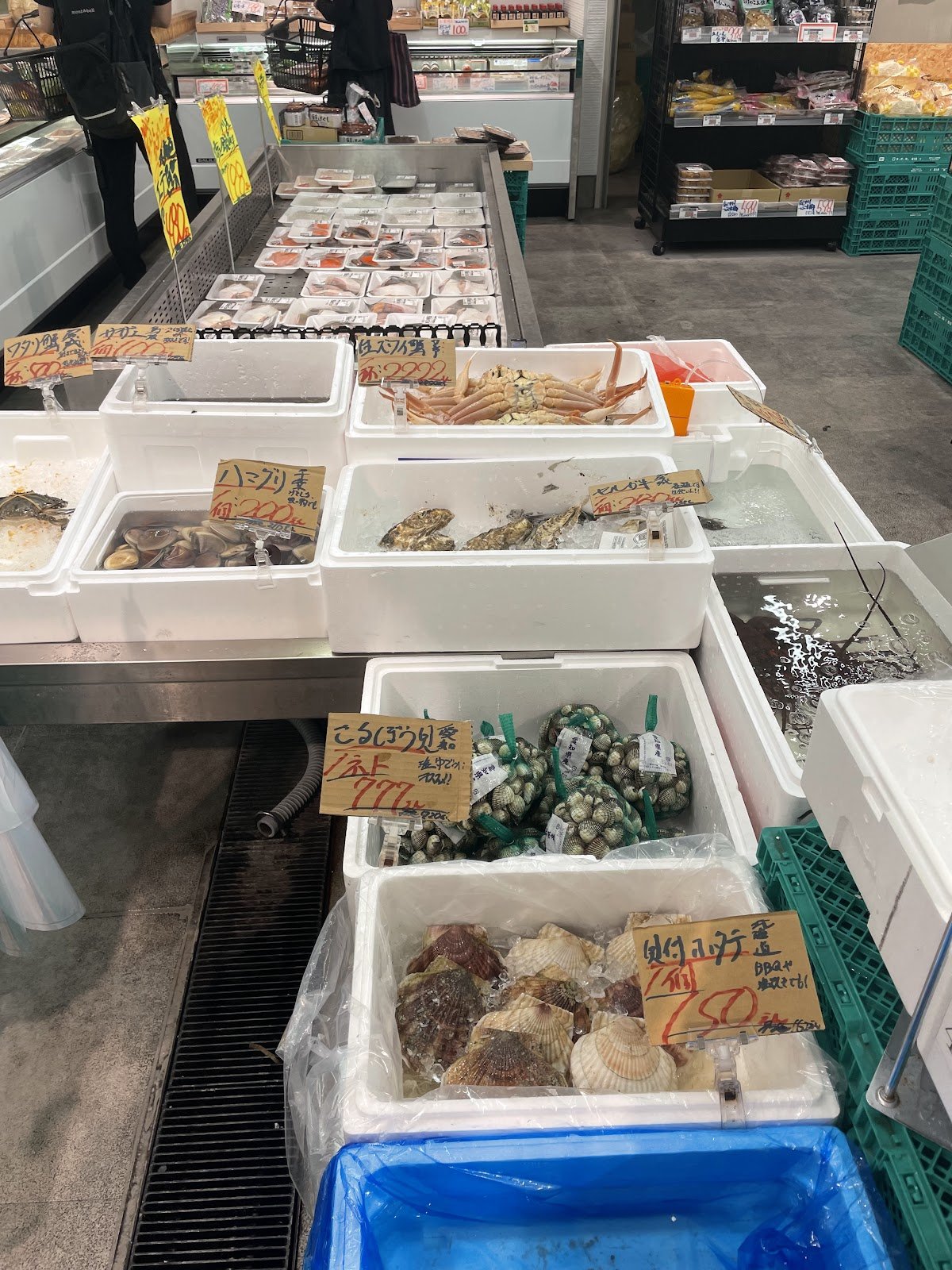
Nishiki Market in Kyoto is among the most famous of Japanese shōtengai, with a huge variety of shops, for instance, otsukemon (pickled vegetables) and fresh fish stores. Nowadays, though, the market seems to see more tourists than locals.
